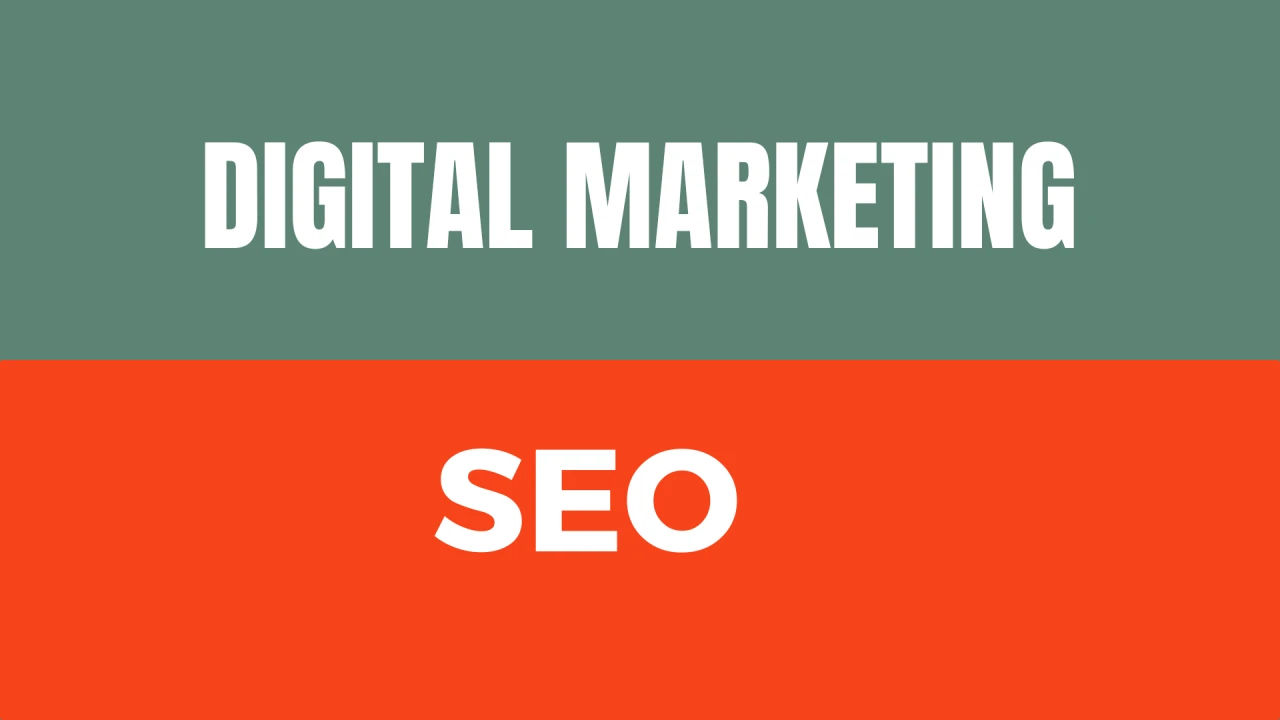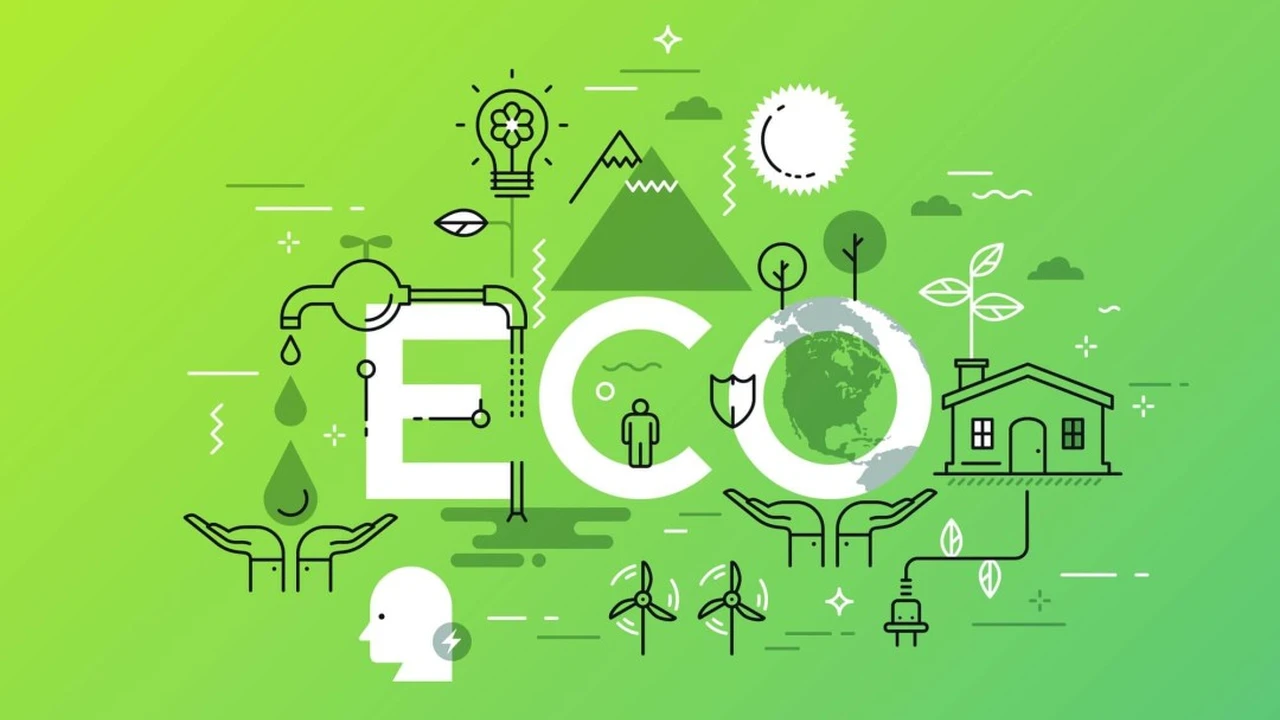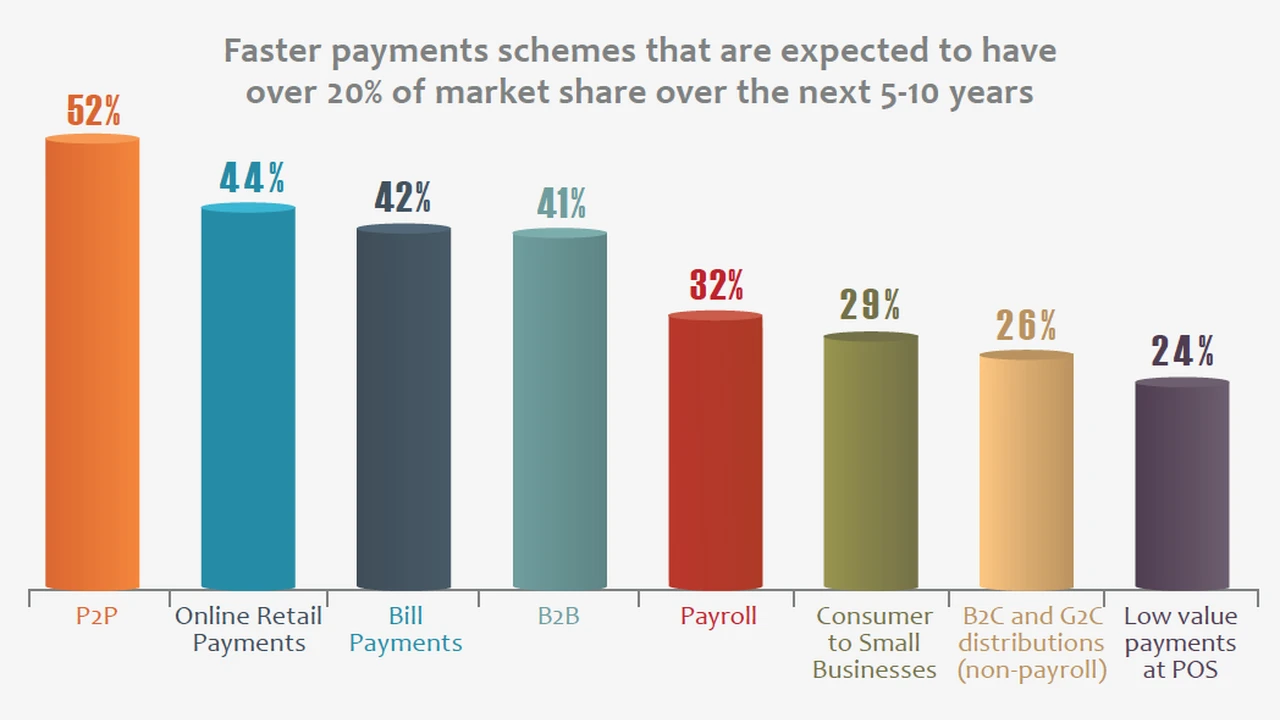Optimizing Your Online Shop for Search Engines in SEA & Mexico
Sample meta description.

Understanding the SEA & Mexico E-commerce Landscape Key SEO Considerations
Okay, so you're diving into Southeast Asia (SEA) and Mexico's e-commerce scene? Smart move! Both regions are booming, but they're also unique. Forget about a one-size-fits-all approach. What works in the US or Europe might completely flop here. We're talking different languages, cultural nuances, preferred platforms, and search engine dominance. Think Google is king everywhere? Think again! We'll break down what you REALLY need to know about SEO for these markets.
First things first, let's acknowledge the elephant in the room: Google isn't the ONLY search engine. While it's dominant in Mexico, in SEA, you've got players like Baidu (though less relevant for e-commerce unless you're targeting Chinese expats), and a much more fragmented landscape. This means your keyword research needs to be hyper-localized. What phrases are people ACTUALLY using when searching for products like yours? Think beyond direct translations. Consider slang, colloquialisms, and common misspellings. Tools like Google Keyword Planner are a good starting point, but don't rely on them exclusively. Talk to locals, browse forums, and analyze competitor websites that are already ranking well. Seriously, get your hands dirty!
Mobile is HUGE. Like, ridiculously huge. In many parts of SEA, mobile is the primary (if not only) way people access the internet. Mexico is also rapidly shifting towards mobile-first. This means your website NEEDS to be lightning-fast and mobile-friendly. We're talking responsive design, optimized images, and a streamlined checkout process. Google's Mobile-Friendly Test is your friend. Use it. Love it. Live it.
Language isn't just about translation. It's about localization. Don't just translate your content word-for-word. Adapt it to the local culture and context. Use local currency symbols, address formats, and date formats. Consider cultural sensitivities and avoid anything that might be offensive or inappropriate. For example, certain colors or symbols might have different meanings in different cultures. Do your research!
Keyword Research for SEA & Mexico Uncovering Hidden Opportunities
Alright, let's get down to the nitty-gritty of keyword research. We're not just looking for high-volume keywords. We're looking for keywords that are relevant to your products, have low competition, and a high conversion rate. Think long-tail keywords. These are longer, more specific phrases that people use when they're further along in the buying process. For example, instead of "shoes," think "women's running shoes size 7 black."
Here's a breakdown of how to approach keyword research for each region:
- Mexico: Spanish is the dominant language, but be aware of regional variations in vocabulary and slang. Use Google Keyword Planner, SEMrush, and Ahrefs to identify relevant keywords. Pay attention to competitor websites that are ranking well in Mexico. Consider using keywords that target specific cities or regions within Mexico.
- Southeast Asia: This is where things get tricky. Each country has its own language and culture. You'll need to conduct keyword research for each country separately. Some of the major languages include Bahasa Indonesia, Malay, Thai, Vietnamese, and Tagalog. Consider using local keyword research tools or hiring a local SEO expert. Also, think about the specific platforms that are popular in each country. For example, Shopee and Lazada are major e-commerce platforms in SEA, so you might want to target keywords that are relevant to those platforms.
Don't forget to analyze your existing website data. Use Google Analytics to identify which keywords are already driving traffic to your site. This can give you valuable insights into what people are searching for and what types of content are resonating with your audience.
On-Page Optimization Mastering the Fundamentals
On-page optimization is all about making your website as search engine-friendly as possible. This includes optimizing your title tags, meta descriptions, headings, and content. Remember, Google uses these elements to understand what your website is about and how relevant it is to a user's search query.
Here's a quick rundown of the key on-page optimization elements:
- Title Tags: These are the titles that appear in search engine results pages (SERPs). They should be concise, descriptive, and include your target keywords. Keep them under 60 characters. For example, "Buy Women's Running Shoes Online | Free Shipping"
- Meta Descriptions: These are the short descriptions that appear below the title tags in SERPs. They should be compelling and encourage users to click on your link. Keep them under 160 characters. For example, "Find the perfect pair of women's running shoes online. Free shipping and easy returns."
- Headings (H1-H6): Use headings to structure your content and make it easier to read. Use H1 for your main title and H2-H6 for subheadings. Include your target keywords in your headings where appropriate. You're already nailing this!
- Content: Your content should be high-quality, informative, and engaging. Use your target keywords naturally throughout your content. Don't stuff your content with keywords, as this can hurt your rankings. Focus on providing value to your readers.
- Image Optimization: Optimize your images by using descriptive file names and alt tags. Alt tags are used to describe the image to search engines and users who can't see the image. For example, "women's-running-shoes-black.jpg" with an alt tag of "Black women's running shoes size 7."
- Internal Linking: Link to other relevant pages on your website. This helps search engines understand the structure of your website and can also improve user experience.
Off-Page Optimization Building Authority and Trust
Off-page optimization is all about building authority and trust for your website. This includes getting backlinks from other reputable websites, building a social media presence, and engaging with your audience. Think of it as building your online reputation.
Here are some key off-page optimization strategies:
- Link Building: Getting backlinks from other websites is one of the most important factors in SEO. Focus on getting backlinks from high-quality, relevant websites. Some link building strategies include guest blogging, creating valuable content that people will want to link to, and reaching out to journalists and bloggers.
- Social Media Marketing: Building a social media presence can help you reach a wider audience and drive traffic to your website. Focus on creating engaging content that your audience will want to share. Use relevant hashtags to reach a wider audience.
- Online Reputation Management: Monitor your online reputation and respond to reviews and comments. Address any negative feedback promptly and professionally. Encourage satisfied customers to leave positive reviews.
Technical SEO Ensuring a Smooth User Experience
Technical SEO is all about making sure your website is technically sound and easy for search engines to crawl and index. This includes things like website speed, mobile-friendliness, and site architecture.
Here are some key technical SEO considerations:
- Website Speed: A slow website can hurt your rankings and user experience. Use Google's PageSpeed Insights to identify areas where you can improve your website's speed. Optimize your images, minify your code, and use a content delivery network (CDN).
- Mobile-Friendliness: As mentioned earlier, mobile is crucial in SEA and Mexico. Make sure your website is responsive and looks good on all devices. Use Google's Mobile-Friendly Test to check your website's mobile-friendliness.
- Site Architecture: Make sure your website has a clear and logical site architecture. This will help search engines crawl and index your website more easily. Use a flat site architecture with a clear hierarchy of pages.
- XML Sitemap: Submit an XML sitemap to Google Search Console. This will help Google discover all the pages on your website.
- Robots.txt: Use a robots.txt file to tell search engines which pages on your website to crawl and index.
- HTTPS: Make sure your website is using HTTPS. This will protect your users' data and improve your website's security.
Product Recommendations for SEA & Mexico E-commerce
Let's get specific. You need products to recommend, right? Here are a few examples, keeping in mind the nuances of SEA & Mexico:
Product Category: Portable Blenders
Product 1: NutriBullet Portable Blender
Description: A compact, USB-rechargeable blender perfect for on-the-go smoothies and shakes. Available in various colors.
Use Case: Ideal for fitness enthusiasts, busy professionals, and students who want a quick and healthy breakfast or snack. Perfect for making post-workout protein shakes or refreshing fruit smoothies.
Comparison: Compared to cheaper alternatives, the NutriBullet offers superior blending power and durability. It's also easier to clean. However, it's more expensive.
Price: $40 - $60 USD (depending on the retailer and location)
Why it works in SEA & Mexico: The smaller size is great for smaller kitchens common in some SEA countries. The emphasis on health and convenience resonates well with the growing middle class in both regions. The USB charging is a plus in areas with unreliable power grids.
Product 2: PopBabies Portable Blender
Description: A budget-friendly portable blender with a single-button operation. Comes in fun, vibrant colors.
Use Case: A great option for budget-conscious consumers who want a simple and easy-to-use blender for basic smoothies and juices. Good for travel.
Comparison: Cheaper than the NutriBullet, but less powerful and durable. Blending is more basic. Shorter battery life.
Price: $20 - $30 USD
Why it works in SEA & Mexico: The affordability makes it accessible to a wider range of consumers. The vibrant colors appeal to younger audiences. Its simplicity is a plus for those less familiar with complex appliances.
Product Category: Mosquito Repellent Patches
Product 1: Mosquito Guard Patches
Description: DEET-free, long-lasting mosquito repellent patches made with natural essential oils.
Use Case: Perfect for outdoor activities like hiking, camping, and gardening. Great for families with young children who are sensitive to DEET.
Comparison: Compared to sprays, patches are less messy and easier to apply. DEET-free options are preferred by health-conscious consumers.
Price: $8 - $12 USD per pack of 30 patches
Why it works in SEA & Mexico: Mosquito-borne diseases are a significant concern in many parts of SEA and Mexico. A natural, DEET-free option appeals to health-conscious consumers. The convenience of patches is a major selling point.
Product 2: OFF! Clip-On Mosquito Repellent
Description: A clip-on device that releases a vaporized mosquito repellent. Provides protection for a larger area than patches.
Use Case: Ideal for outdoor gatherings, picnics, and evenings on the patio. Provides long-lasting protection without the need for constant reapplication.
Comparison: Offers wider coverage than patches, but requires batteries. The vaporized repellent may not be suitable for everyone.
Price: $15 - $20 USD (device + refills)
Why it works in SEA & Mexico: The wider coverage is appealing in areas with high mosquito populations. The clip-on design is convenient and hands-free.
Product Category: Portable Water Filters
Product 1: LifeStraw Personal Water Filter
Description: A lightweight and portable water filter that removes bacteria and protozoa from water sources.
Use Case: Essential for hiking, camping, and travel in areas with unreliable water sources. Provides safe drinking water in emergency situations.
Comparison: A simple and affordable option for filtering water directly from a source. Doesn't filter out viruses.
Price: $20 - $30 USD
Why it works in SEA & Mexico: Access to clean drinking water is a challenge in some parts of SEA and Mexico. The LifeStraw provides a simple and affordable solution. Growing eco-consciousness also drives demand.
Product 2: Sawyer Squeeze Water Filter
Description: A versatile water filter that can be used as a straw, attached to a water bottle, or connected to a gravity-fed system.
Use Case: Suitable for a wide range of outdoor activities and travel scenarios. Provides a more flexible and convenient water filtration solution.
Comparison: More versatile than the LifeStraw, but slightly more expensive. Can be used with a variety of water sources and containers.
Price: $30 - $40 USD
Why it works in SEA & Mexico: The versatility makes it appealing to travelers and outdoor enthusiasts. The ability to attach it to a water bottle or gravity-fed system is a major advantage.
Local Payment Gateways Optimizing for Conversions
You can't just rely on PayPal or Stripe! Think about local payment preferences. In SEA, options like GrabPay, GoPay, and online banking transfers are huge. In Mexico, OXXO payments are incredibly common. Integrating these local payment gateways will significantly improve your conversion rates. Research which payment methods are most popular in your target market and make sure to offer them.
Mobile Optimization Revisited AMP and PWA
We talked about mobile, but let's dive deeper. Consider implementing Accelerated Mobile Pages (AMP) for your content-heavy pages. AMP pages load almost instantly on mobile devices, providing a much better user experience. Also, explore Progressive Web Apps (PWAs). PWAs are websites that look and feel like native mobile apps. They can be installed on users' home screens and work offline, providing a seamless and engaging experience.
Don't Forget the Influencers!
Influencer marketing is HUGE in both SEA and Mexico. Partnering with local influencers can help you reach a wider audience and build trust with potential customers. Find influencers who are relevant to your niche and have a genuine connection with their followers. Authenticity is key!
Continual Analysis and Adaptation
SEO is an ongoing process. Don't just set it and forget it. Continuously analyze your website's performance, track your rankings, and adapt your strategy as needed. The e-commerce landscape is constantly evolving, so you need to stay ahead of the curve!
:max_bytes(150000):strip_icc()/277019-baked-pork-chops-with-cream-of-mushroom-soup-DDMFS-beauty-4x3-BG-7505-5762b731cf30447d9cbbbbbf387beafa.jpg)






